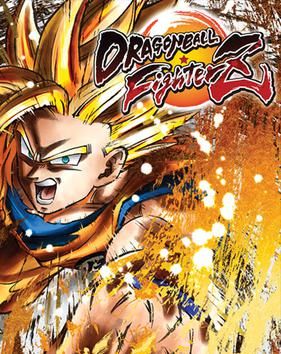Akira Toriyama’s Dragon Ball Z has irrevocably changed and influenced the anime and manga industries, but its impact on the gaming world often goes overlooked. There are more than 50 Dragon Ball video games that have been telling stories and entertaining audiences for nearly as long as the manga. Dragon Ball Z video games have helped keep the franchise relevant and popular during the manga and anime’s dark periods. There are also many ideas and characters that originated in Dragon Ball video games that have gone on to appear in its anime and feature films.
Dragon Ball video games have come a long way since their humble origins. Modern titles do a remarkable job of simulating the series’ fast-paced energy and making audiences feel like they’re truly controlling the anime. The large number of Dragon Ball Z video games can occasionally feel overwhelming and intimidating, especially when curious newcomers don’t know which games are worth their time. Fortunately, there are some excellent Dragon Ball Z video games that go above and beyond and have proven themselves to be the best of the bunch.
10 Dragon Ball Z: Attack Of The Saiyans Is A Turn-Based RPG That Celebrates The Series’ Earliest Chapters
There's a growing trend for Dragon Ball Z video games to cover as much story as possible. However, there's something to be said for Dragon Ball Z: Attack of the Saiyans' more focused approach that narrows in on Dragon Ball Z's introductory Saiyan Saga, with some of the original Dragon Ball's Piccolo Jr. Saga included for good measure. The turn-based RPG allows the player to control Goku, Piccolo, Gohan, Krillin, Yamcha, and Tien, which is a relatively unique line-up for a Dragon Ball Z game. Attack of the Saiyans is rich in nostalgia, right down to its visuals, but without ever feeling old-fashioned.
Attack of the Saiyans does take some liberties with how it remixes the anime's narrative and some of the characters that it slots in as enemies. The battle system, which indulges in a Rage Meter, is also not without its flaws. There's still such a unique quality to Attack of the Saiyans that makes it well worth the audience's time, whether they're fans of classic RPGs or Dragon Ball. The game even incorporates Broly as an anachronistic secret boss.
9 Dragon Ball Z: Burst Limit Pushes The Fighting Game Formula To New Heights
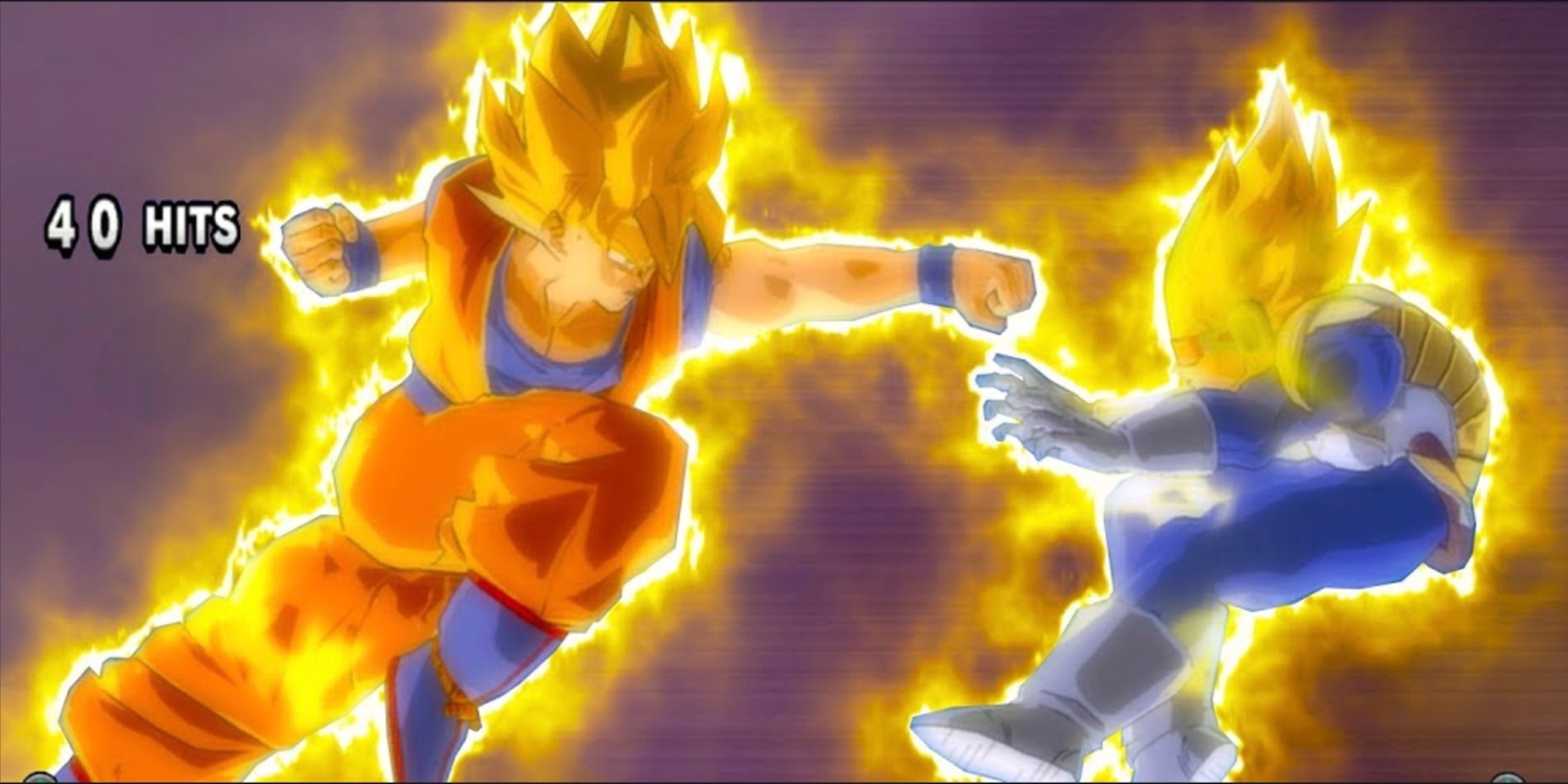
Dragon Ball Z: Burst Limit is a standout fighting game that's very much an evolution of the Budokai franchise, right down to how it's also developed by Dimps. Burst Limit attempts to simplify the Dragon Ball Z fighting experience after the heightened spectacle of Budokai 3. There's a stripped-down roster that features under two-dozen characters, yet still fits in some more obscure choices like a Saibaman, Recoome, and Super Saiyan Third Grade Future Trunks. Burst Limit also only covers up to Dragon Ball Z's Cell Games Saga, rather than tackling the entire series. Some appreciate this focus, but to some it feels like a step backward in lieu of the excess and freedom of the Budokai games.
Dragon Ball Z: Burst Limit prides itself in being marketed not as a fighting game, but as a "Dragon Ball Z game." The Z Chronicles story mode is a satisfying narrative that also indulges in some hypothetical "What If?..." scenarios that involve Bardock and Broly. The addition of "Drama Pieces," which are in-battle cutscenes that get triggered when certain conditions are met, are also a fun development. Burst Limit also takes advantage of its PS3 and Xbox 360 hardware with gorgeous cel-shaded aesthetics that effectively evoke the anime's visual style. In a vacuum, Burst Limit would be a totemic Dragon Ball Z title, but it doesn't offer as much as some of the other more comprehensive releases.
8 Dragon Ball: Raging Blast & Raging Blast 2 Prioritize Destruction & Deep Cut Characters
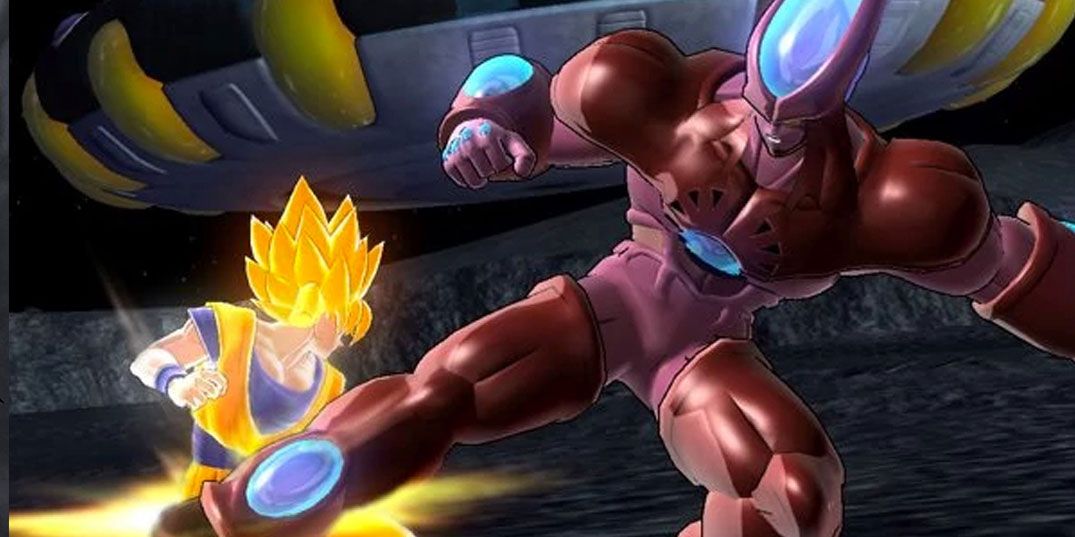
Spike Chunsoft's Dragon Ball: Raging Blast and its sequel are fun Dragon Ball Z fighters that helped close out the 2000s with class. The Raging Blast games trade comprehensive story modes for an added emphasis on more detailed combat, with destructive environments and combo attacks being some of the series' bigger selling points. The Raging Blast games also attempt to explore power scaling in unique ways, whether it's characters who are given a natural advantage or certain battle set-ups where some individuals are compromised in order to reflect certain events from the series. Fighting genre fans will also appreciate the games' 16-player Budokai Tournament mode, which goes beyond the standard fighting game experience.
The Raging Blast titles also attempt to take some risks with their rosters, which include some rarer characters like Chiaotzu, Videl, Cell Jr., Cui, and Nail. There's also some fun to be had with "What If?..." character transformations that were never explored in the anime, like Super Saiyan 3 Broly and Vegeta. Raging Blast 2 is also notable for not only touching on the events of the Dragon Ball Z Side Story: Plan to Eradicate the Saiyans OVA, but also including a remake of the niche Dragon Ball story. The Raging Blast games get a lot right, but lackluster AI and repetitive controls and combat hold back these titles from being as revered as other Dragon Ball Z fighters.
7 Dragon Ball Z: Kakarot Is A Comprehensive Open World Anime Experience
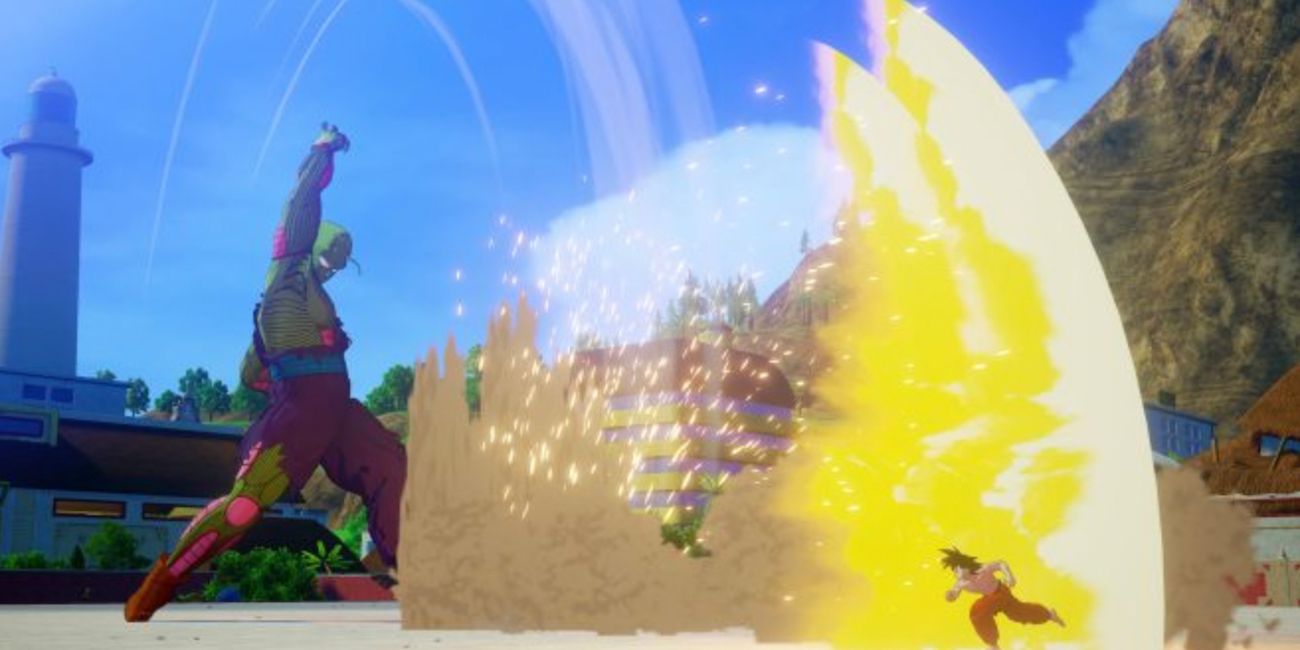
There had been dozens of substantial Dragon Ball Z games by the time of Dragon Ball Z: Kakarot’s release, but none had truly immersed audiences in Akira Toriyama’s world and let them explore it to such a degree. Dragon Ball Z: Kakarot set out to combine open-world action RPG elements with the fighting genre to create a definitive Dragon Ball Z experience. Not only does the game cover the entirety of Dragon Ball Z, as well as several filler episodes, but subsequent DLC releases have covered Dragon Ball Super's introductory sagas and even the original Dragon Ball's concluding 23rd World Martial Arts Tournament. These expansions have helped Kakarot stay relevant for years after its original release.
Dragon Ball Z: Kakarot is a truly impressive accomplishment that shows just how far Dragon Ball games have come. That being said, it's not without its shortcomings. Unnecessary quests and collection-a-thons can trivialize the experience and prolong it in perfunctory ways. Additionally, there's surprisingly little Goku material in the game once characters like Gohan, Vegeta, Future Trunks, and Gotenks enter the picture. An expanded roster usually isn't a bad thing, but it's odd to have Goku often feel like an afterthought in his own game.
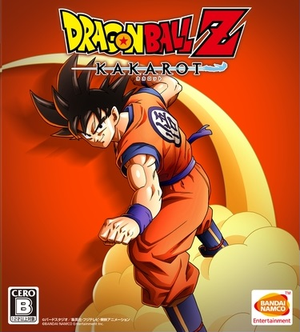
6 Dragon Ball Z: Budokai Trilogy Translate Arcade Fighter Perfection To Dragon Ball
Dimps' Dragon Ball Z: Budokai trilogy were fundamental titles for many Dragon Ball fans during the early 2000s. New Budokai games were released each year, yet somehow these titles didn’t feel rushed or incomplete. There are still fervent debates about which fighting series is superior between the Budokai and Budokai Tenkaichi games, but the answer really comes down to which type of fighting games the audience prefers. Dragon Ball Z: Budokai is a more traditional 2D arcade fighter experience that's akin to something like Tekken.
There's an emphasis on the genre's fundamentals and comprehensive movesets, while the Budokai Tenkaichi games embrace 3D environments and push the fighting genre to more complicated places. By the third Budokai game, the series has not just incorporated characters and concepts from Dragon Ball Z movies, but also the original series and Dragon Ball GT, which was a rarity at the time. There are also some particularly playful original characters that indulge in fusion's endless possibilities, like the Tien and Yamcha union, Tiencha, and Goku and Hercule's fused form, Gokule.
5 Dragon Ball Z: Budokai Tenkaichi Trilogy Is A Truly Overwhelming & Excessive Fighting Experience
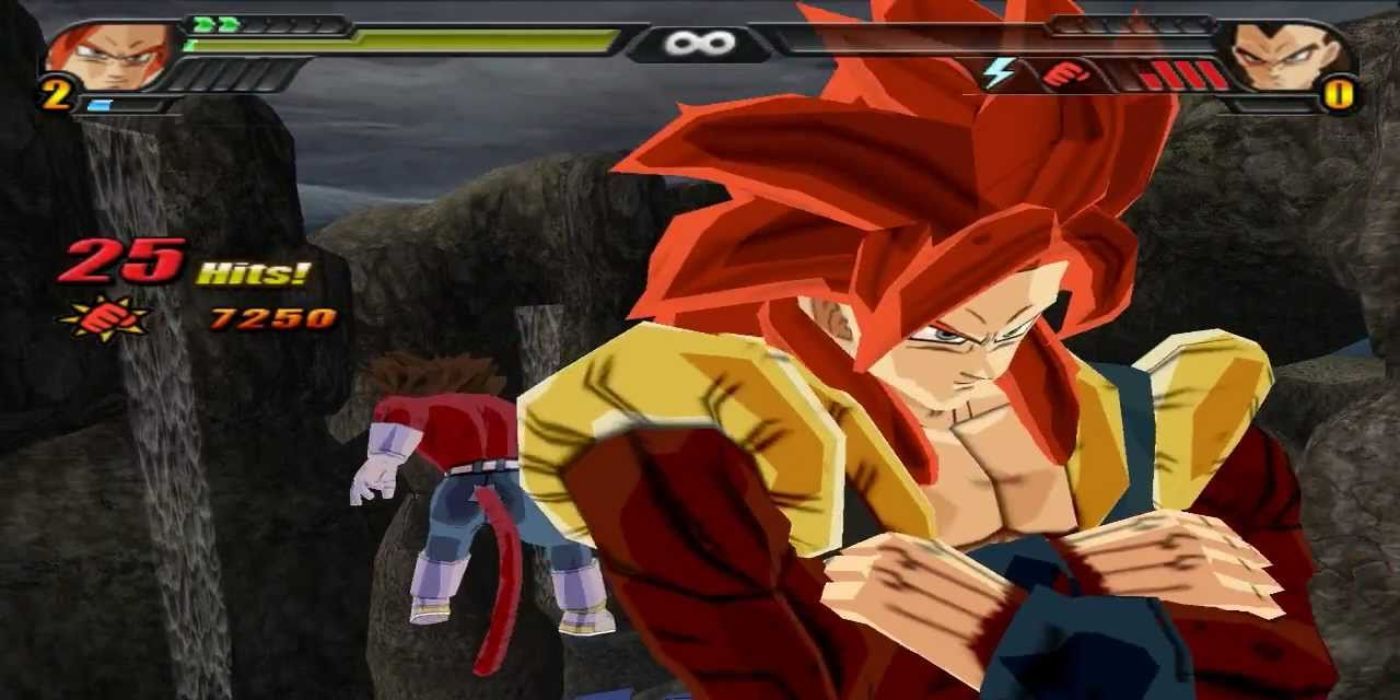
Dimp's Budokai trilogy finally gave Dragon Ball fans an exceptional fighting experience, but Spike Chunsoft's Budokai Tenkaichi games followed in Budokai's wake and quickly resonated with modern gamers who weren't precious about traditional arcade fighter fundamentals. The Budokai Tenkaichi games are more interested in a grandiose action spectacle that's more representative of Dragon Ball's heightened battles. 3D battles that seamlessly switch from ground to aerial combat as energy blast power struggles ensue were unprecedented at the time.
One of the Budokai Tenkaichi trilogy's biggest selling points was its comprehensive roster that spans the entirety of the Dragon Ball franchise and even brings in Dr. Slump's Arale for good measure. The original Budokai Tenkaichi has a roster of 60 characters, which expands to 90 once their respective transformations are considered. However, Budokai Tenkaichi 3 balloons this total to 162 characters, which remains the biggest roster for a Dragon Ball game. It's no surprise that the franchise's upcoming sequel — Dragon Ball: Sparking! ZERO — is already causing such excitement.
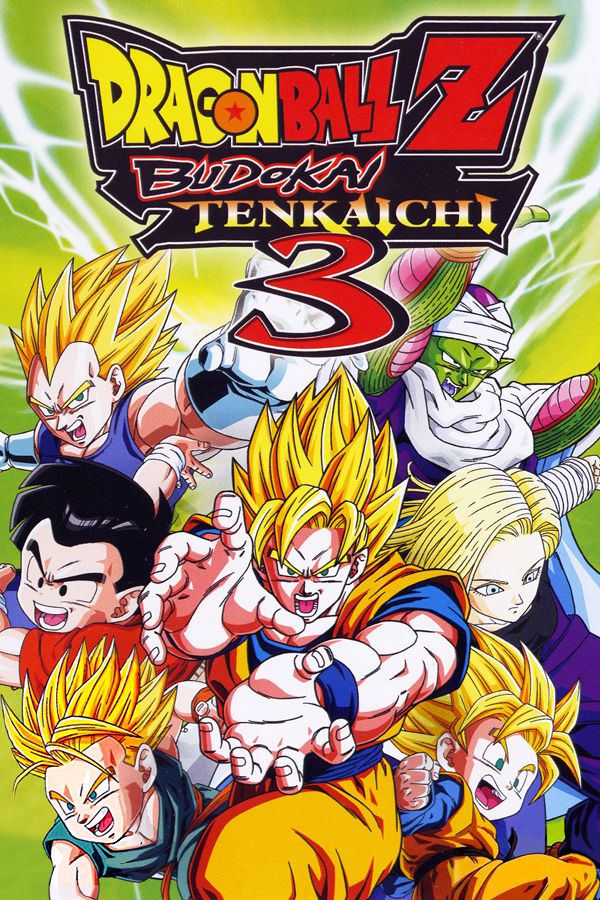
4 Dragon Ball Z: Legendary Super Warriors Transforms The Anime’s Action Into Card-Based Combat
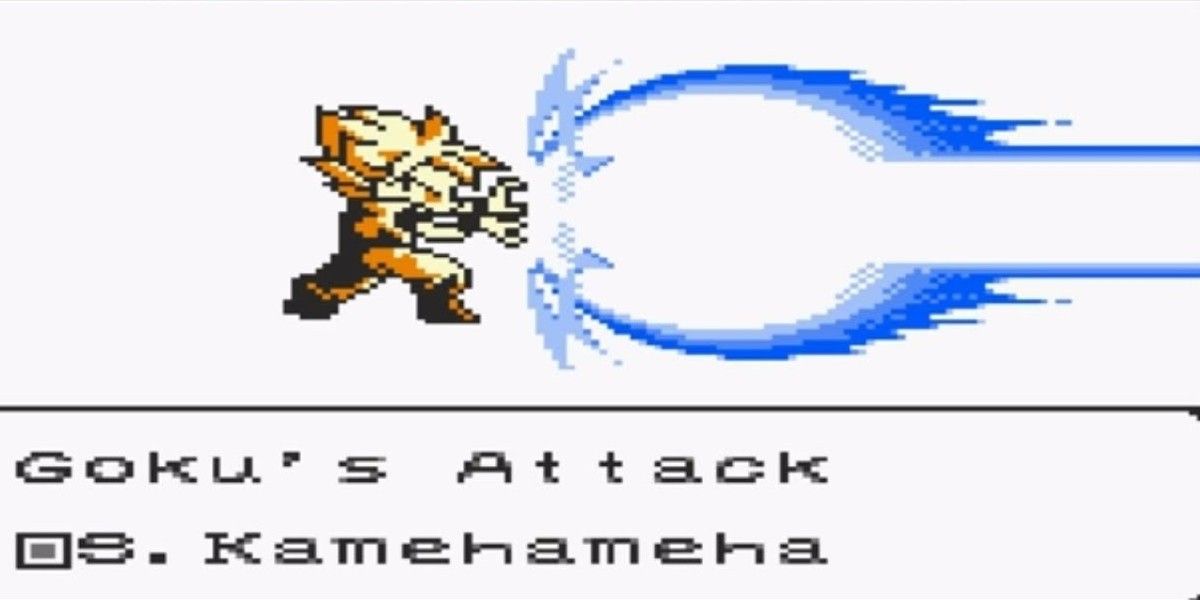
It's easy to dismiss any retro Dragon Ball game that's several decades old, but doing so cuts audiences off of some surprisingly solid releases, such as Dragon Ball Z: Legendary Super Warriors for the Game Boy Color. Legendary Super Warriors lacks the aesthetic polish and features of modern Dragon Ball games, but it beautifully distills the entire Dragon Ball Z franchise — as well as two bonus Future Trunks stories — into a turn-based strategy title that utilizes a card fighting system. Dragon Ball Z: Legendary Super Warriors has 125 unique cards that provide a detailed combat experience that truly rewards audiences who repeatedly play through the game. Legendary Super Warriors features unlockable villains and other engaging perks that make the game’s subsequent playthroughs feel distinct.
Legendary Super Warriors is a satisfying single-player experience, but its incorporation of the Game Boy Color’s Link Cable also means that players can trade cards and battle friends. Dragon Ball Z: Legendary Super Warriors is a relic of the past, but it's a Dragon Ball Z game that's incredibly deserving of a modern port or update so new generations can experience its tight and entertaining gameplay. Card-based fighters have slowly made a comeback and Legendary Super Warriors is a great example of how to do the genre right.
3 Dragon Ball Z: Legacy Of Goku Trilogy Is A Robust Retro Throwback
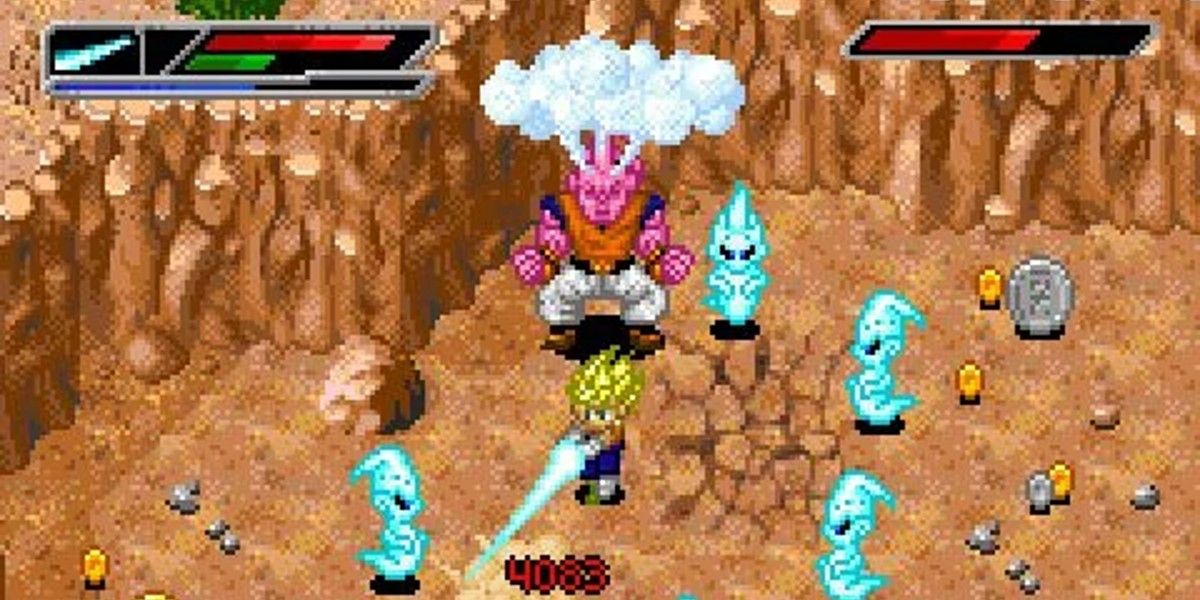
The Game Boy Advance’s Legacy of Goku trilogy – Legacy of Goku, Legacy of Goku II, and Buu’s Fury – are more than two decades old, yet they’re still often cited as Dragon Ball gaming highlights. Webfoot Technologies’ Legacy of Goku games made waves as the first North American-developed Dragon Ball Z games, rather than Japanese productions that were later localized to other regions. These handheld RPGs break down each of Dragon Ball Z’s major story sagas in a loving manner that’s as playful as it is passionate.
Tight gameplay, enjoyable collectibles and extra content, and attractive 32-bit sprites fill these games with a charming personality that’s often absent in the more mature Dragon Ball fighters. Legacy of Goku II and Buu’s Fury even include Bruce Faulconer’s score from the Dragon Ball Z English dub, which makes them the ultimate burst of nostalgia. The first Legacy of Goku is a successful RPG, but it’s Legacy of Goku II and Buu’s Fury that truly stand out with their expanded character rosters and additional story material that features popular movie villains like Cooler, Broly, and Janemba.
2 Dragon Ball Xenoverse 2 Is An Extreme Fighting Game That’s Still Going Strong Nearly A Decade Later
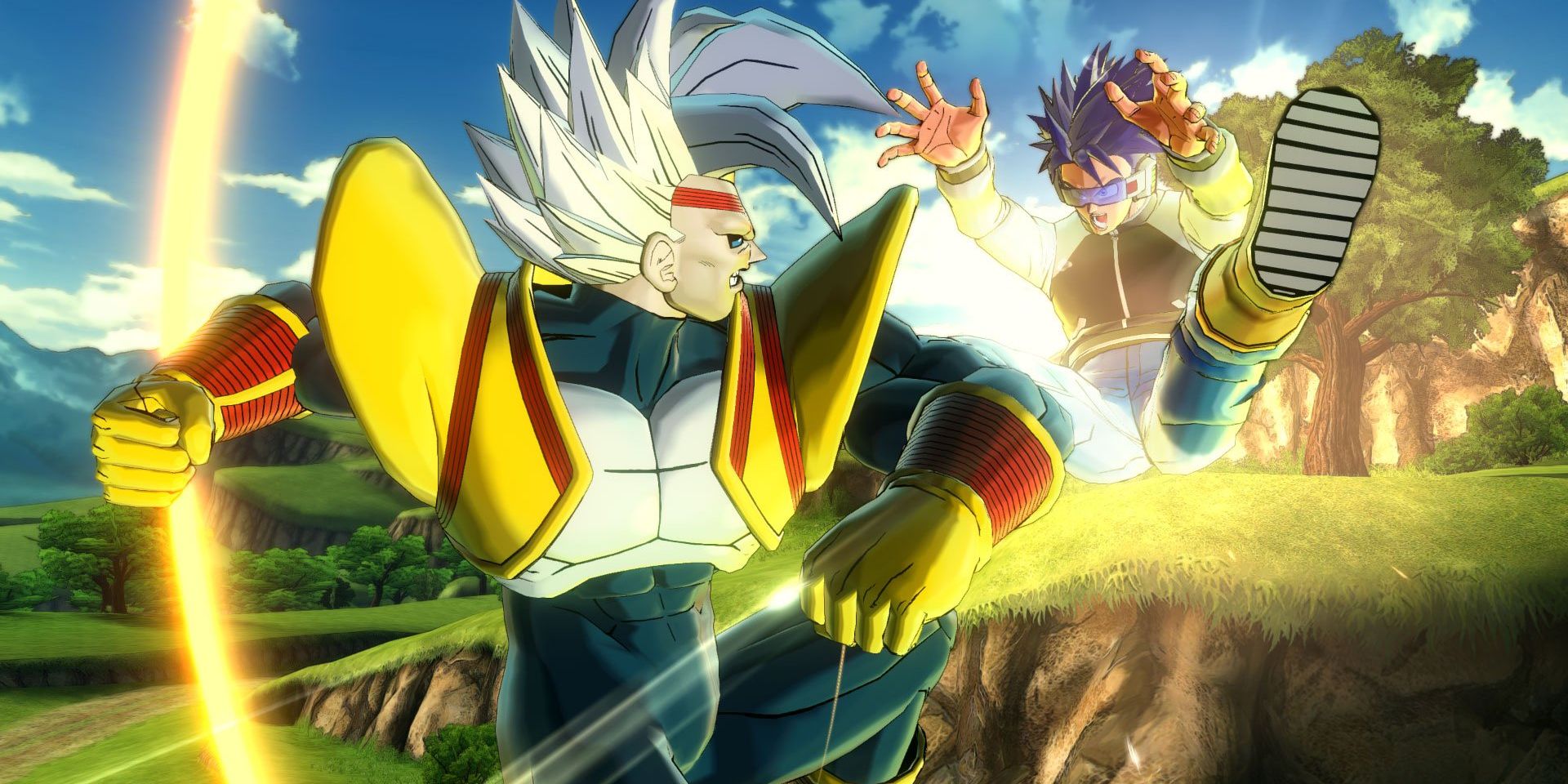
Dragon Ball Xenoverse 2 combines online fighting frenzies with an elaborate story mode that pulls from every corner of the Dragon Ball universe. Dragon Ball Xenoverse 2 hit consoles in 2016, but it continues to release new DLC material nearly a decade after its release and has an incredibly active player base. Xenoverse 2 is still so popular with fans and draws in new players every day, which is why many audiences believe there may never be a Xenoverse 3.
Xenoverse 2 is also one of the few Dragon Ball console games that includes characters from Dragon Ball Super: Super Hero, such as Gohan Beast and Orange Piccolo. This alone is a solid reason to give Dragon Ball Xenoverse 2 a try. Even now, there are still new DLC storylines and characters that are on the way that add to the game’s already impressive roster of 125 characters.
1 Dragon Ball FighterZ Achieves Sublime Anime Action In A Perfectly Polished Package
Dragon Ball FighterZ may not have the same bloated roster as Xenoverse 2 or Budokai Tenkaichi 3, but it’s a strong reminder of how less can often be more. Arc System Works has an impressive history with modern fighting games and Dragon Ball FighterZ is such a glorious adaptation of the anime. FighterZ’s incorporation of ki charging, Dragon Rush attacks, and its clever Shenron System all facilitate fast-paced gameplay with beautiful graphics.
Dragon Ball FighterZ’s ongoing DLC releases have more than doubled the game’s initial roster to 44 characters, which celebrate each Dragon Ball series, but also introduces original characters like Android 21. There’s also a surprising amount of Dragon Ball GT love on display. Dragon Ball FighterZ remains a top title more than six years after its release, and it should be genuinely interesting to see if Dragon Ball: Sparking! ZERO is able to replace it as peak Dragon Ball gaming.
